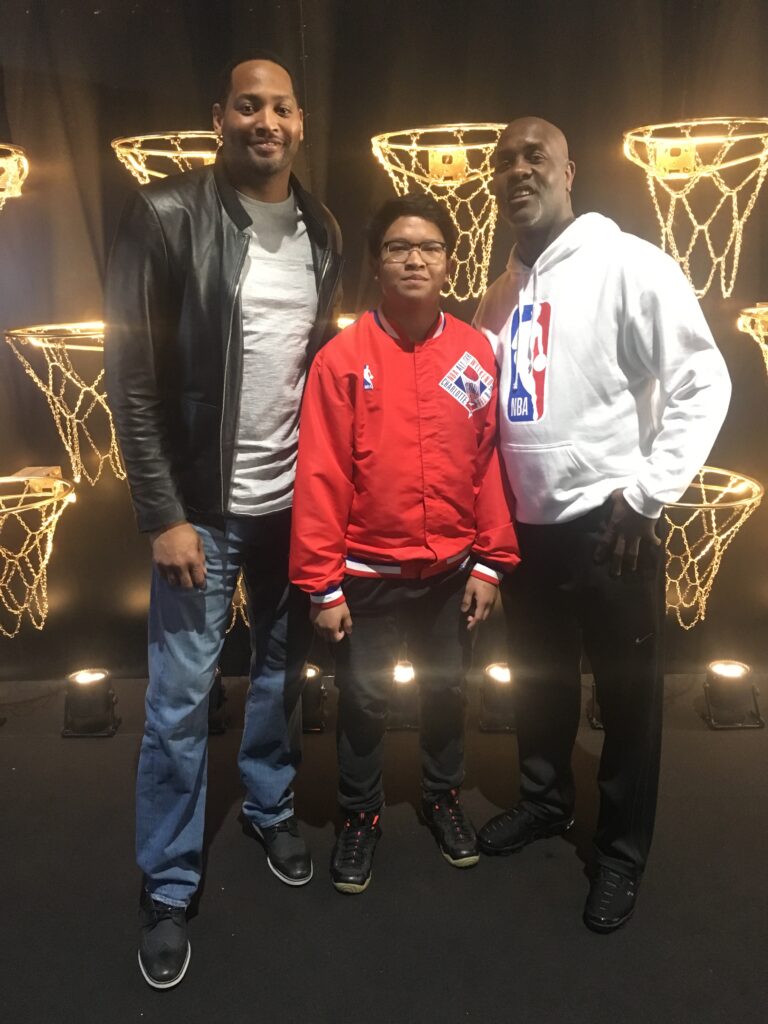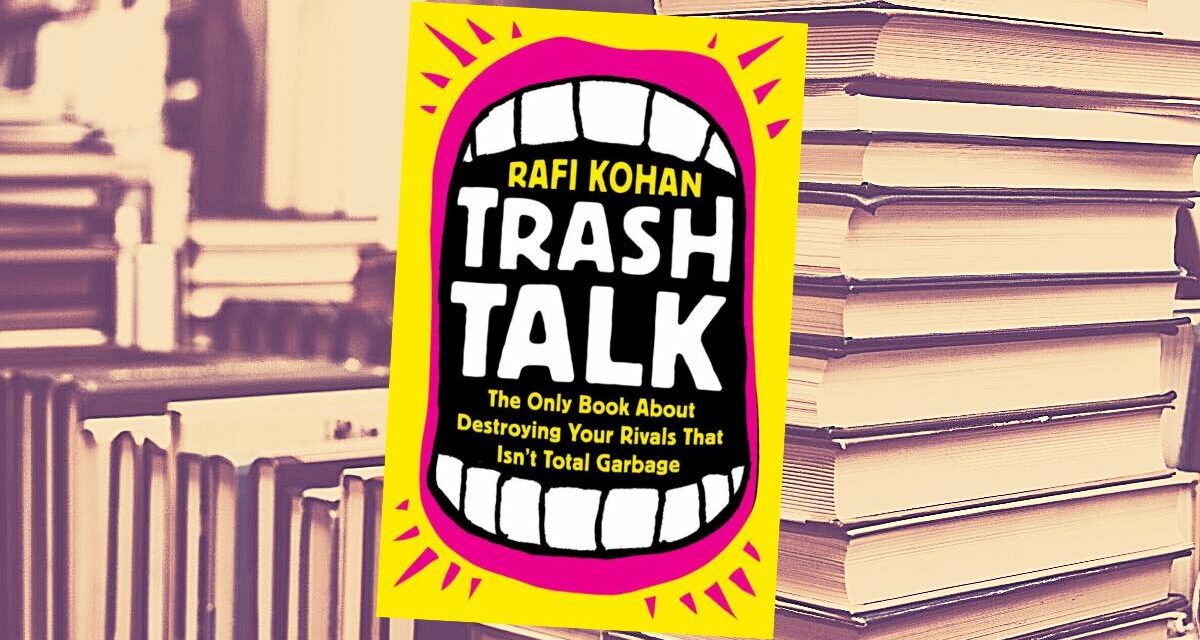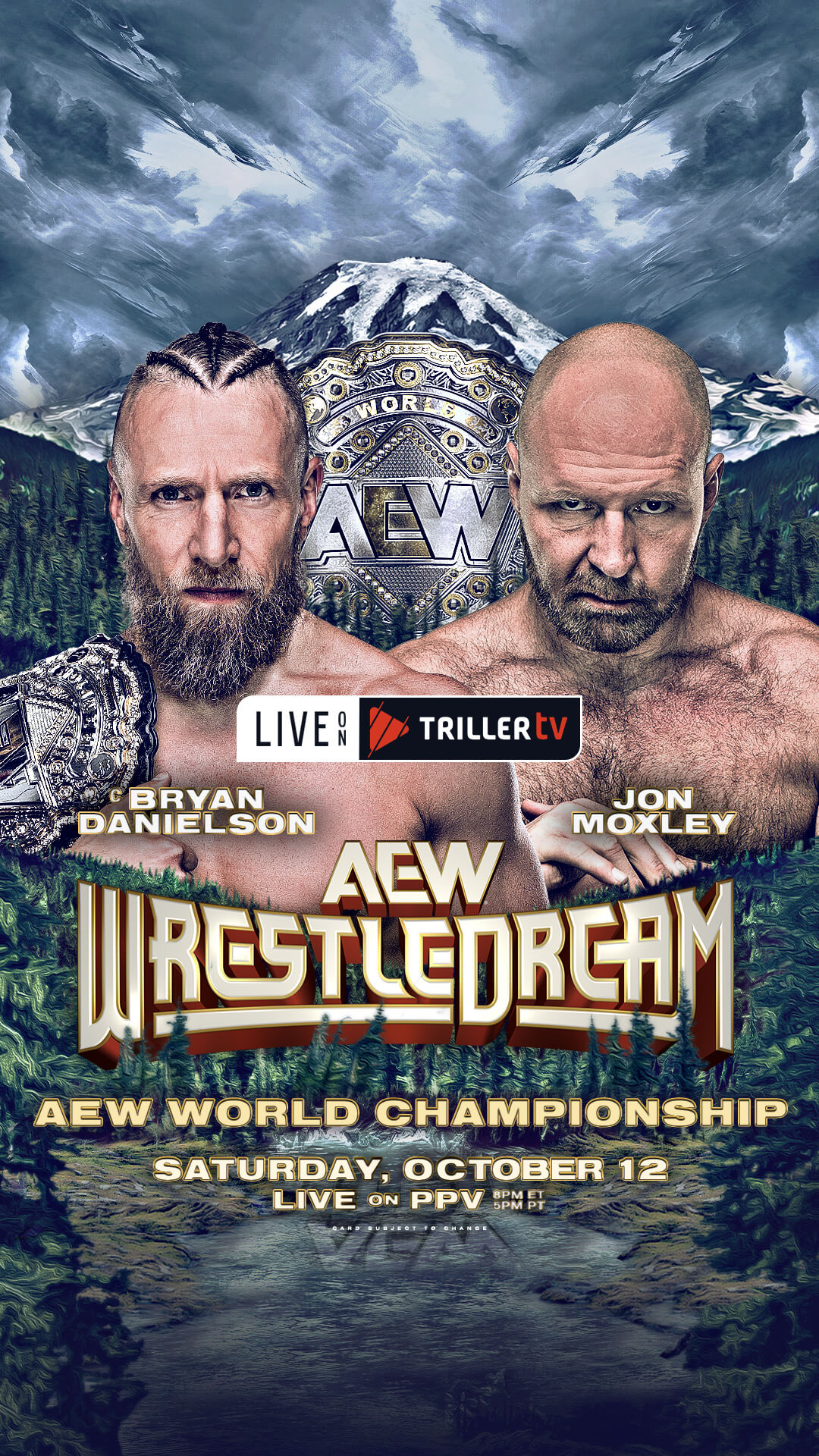A great rivalry can make any sport more entertaining. As a die-hard fan of mixed martial arts, basketball, and professional wrestling, I’ve witnessed a fair share of these athletes engage in neck-and-neck verbal confrontations. Professional wrestling as such can be seen as the holy grail of seeing someone use their clever tongue to their advantage. A strategic and charismatic promo cutter can truly make a star in professional wrestling, just look at guys like The Rock, CM Punk, Stone Cold, and Ric Flair, amongst many other mic magicians across the sport.
This aspect of being dynamic on the mic has transitioned over to the world of mixed martial arts, with Conor McGregor, Chael Sonnen, Michael Bisping, and Colby Covington up there in terms of MMA’s big-mouth bad boys. Basketball is no stranger to rivalries either, nor are basketball players shy to voice their opinions on the court and sometimes hitting WAY below the belt on their deliveries. I recall meeting one of my basketball idols, the “Glove” Gary Payton at a meet-and-greet a few years back and one of the fans asked him, “Yo Glove, what’d you say to Mike in ’96?” to which Payton responded, “I told him to go f*** himself.”

Slam Wrestling’s Amos Mina pictured with NBA legends Gary Payton and Robert Horry at a 2019 OLG/NBA event. Photo courtesy Amos Mina.
As much as I admire sports in its purest forms, sometimes the action outside the ring, cage, or court adds that extra bit of excitement for casual fans and even hardcore fans like myself. That’s why Rafi Kohan’s Trash Talk: The Only Book About Destroying Your Rivals That Isn’t Total Garbage is the quintessential book for lovers of all things sports and some of sports’ most masterful blabbermouths.
Right off the bat, I was treated to a sweet little section on the “Notorious” Conor McGregor, who as I mentioned earlier is one of MMA’s most prolific trash talkers of all time. I think McGregor is a great way to start since he revolutionized the art of talking s*** in the world of MMA. Kohan highlights McGregor’s tactics of never holding back on crossing over the line when it comes to his verbal ammunition, which in his storied rivalry with Dustin Poirier, proved evident that McGregor was willing to go well beyond the confines of the cage into death threats and slandering Poirier’s wife. It also notes a period wherein McGregor seemed to tone down his brash persona, but going into the third encounter with Poirier, Conor flipped back the switch to his old ways, much to the chagrin of many who could see through his almost forced schtick. Nevertheless, as a fan who’s watched Conor McGregor since day one, I can attest to the man’s ability to get under his opponent’s skin. He truly was a master with the mic in his prime.
But aside from simply highlighting sportspeople and other prominent figures who love to talk smack, Kohan takes the time to analyze almost the sociological aspects of trash talk. As he mentions, “Quite literally, trash talk is the language of competition. It’s a specific form of incivility — ‘competitive incivility,’ as some sociologists put it —which allows people to communicate when they’re going head-to-head… Both tactically and tonally, trash talk runs the gamut: it can be used to self-motivate, distract, build hype, or even construct bonds of personal intimacy; it can likewise be funny and playful, strategic and needling, or insulting, edgy, and aggressive.”
Kohan knocked the ball out of the park with that explanation, there’s no better way to put it. Not all trash talkers intend to generate tension with their sports adversaries, heck not even in a sports setting, trash talk is a philosophy that translates to all walks of life. Some do it to add a little bit more substance to their character, as their clever mic skills are a talent meant to be highlighted, whether they choose to be villainous or cheeky is another question. For this reason, I enjoyed Chapter 3: A Good Heel Is Hard To Find of Kohan’s book.
In said section, Kohan begins by covering the transcendent career of George Wagner otherwise known as Gorgeous George. He blazed the trail on the idea of heels being top-billing stars themselves, not just the foils to their heroic foes. And as Slam Wrestling’s very own Greg Oliver puts it, “It’s always been the villains that drive the business.” George added a sense of pageantry and flair (not Ric) to a heelish character, knowing what buttons to press when it came to mouthing off the babyfaces or the crowds who wanted his head. As the chapter progresses, it mentions a handful of familiar names across the combat sports world who became natural heels with their tactics and trash talk, such as Iron Sheik, Jack Johnson, Muhammad Ali, Chael Sonnen, and Christy Martin. All these listed names found a niche for themselves and dominated their respective sports with a unique character, but in essence, borrowing elements from the legends who came before them.
It’s only fitting the next section, that being Chapter 4: Are You A Kangaroo? looks at some of the NBA’s notorious chatterboxes, Gary Payton and Kevin Garnett. I don’t care for Garnett myself (I’ll get to him later), but as I mentioned earlier, Gary Payton is up there in my all-time greats, not to mention I feel he originated that “dawg in him” mentality and was one of the most competitive players of his era. So, I was more than glad to see him get his flowers in this chapter. As Kohan mentions, “When Payton entered the NBA, no one in the league was as relentless with his in-game antagonism—as committed to the loudmouthed craft—as the man who once taunted air.” For someone to be such a menace on the court that ex-teammate Michael Cage was quoted in the book saying, “When you’re done, you just want to go find a library or something, someplace totally silent.” The book does its due diligence painting the competitor that Gary Payton truly was. I didn’t have the luxury of watching Payton take the court in his prime, but as I began to educate myself on the game of basketball, I learned how much of a pain Payton would be in the ear of his opponents and I guess even annoying his own teammates too.
Kevin Garnett on the other hand, I thought he was just a complete a****** to be quite honest. Call me a hypocrite or whatever, Garnett was quite the competitor also, but I thought some of his trash talk was well over the top to otherwise harmless opponents. Two stories will always stick in my mind when the name Kevin Garnett is brought up. Ex-Bull Joakim Noah admired Garnett growing up and had a poster of him growing up, but when they faced off on the court, KG was quoted in the book as telling his biggest fan “F*** you, Noah.” Then, there was the time he reportedly called ex-Piston Charlie Villanueva a “cancer patient“, despite Villanueva suffering from alopecia and no real reason to throw such a low blow as a joke. I might have negative opinions on KG, but he still gets a bit of praise for his ability to talk crap in this section. The book states “Garnett played like a loaded weapon. He was a seven-foot ball of raw nerves, a hair trig-ger of emotion just waiting for the lightest touch. Garnett had no patience for those who didn’t match his level of competitive fanaticism.” In a later passage of the book, it states “Garnett made no apologies for his in-game ferocities. As he put it, “It’s the way I play.” All emotion and intensity, all the time.” KG isn’t my cup of tea, but he’s still an all-time villain in the world of basketball.
As I progressed reading the book, I really liked a passage from page 209 which states “Early-in-life adversity is a theme that comes up frequently for high-achieving athletes, too, and not just anecdotally.” Further on in the same passage, it says “researchers found that superelite athletes (those who won medals) were far more likely to have experienced ‘a foundational negative life event,’ such as an impoverished upbringing, a dysfunctional home life, or a history of abuse, and used sports as a way to positively cope with that stress.” I’ve always been a firm believer in adversity building a stronger person, and those who don’t face a great deal of adversity early on in their life are bound to crumble fairly quickly when the chips are down. I loved when this book would transition so smoothly from simply analyzing a athlete, celebrity, politician, whatever they may be, to focusing on the psychological, neurological (as this passage goes on to explore), and sociological implications of trash talk. It’s pretty straightforward when you think about it, if you’re bred early on to be prepared for any roadblocks, criticism, or heated confrontations that lie ahead in life (not just sports), then chances are you can be resilient past the initial ill-feelings and convert it to a positive and prove the naysayers wrong by being the bigger person. But, it’s not always the case as football player Steve Smith Sr. states in the book, “I’ve seen guys fold and never get over it… I’ve watched a guy catch a pass, play well, drop a few passes, and that dude is done for the day.”
I could see every bit of this section’s point translating to the current career of UFC Middleweight Champion Sean Strickland, who is one of MMA’s most controversial and over-the-top personalities. For Strickland, he knows no bounds when it comes to his talk, whether it be countless expletives, slurs, or insults, the man is completely unhinged and borderline psychotic. I mean he isn’t referred to as “The American Psycho” for nothing. But his childhood troubles are no secret either, he came up through a very abusive and racist upbringing, which he definitely channeled into becoming a game competitor and eventually winning the title against of MMA’s hardest puzzles to solve, Israel Adesanya. Funny enough, Strickland’s next fight is coming up on January 20th here in Toronto against Dricus Du Plessis and I’ve seen their rivalry get quite bitter after DDP (respectfully not that one, BANG!) made comments about his abusive father and rough childhood. Strickland likes to dish it out but he got affected by those comments for once, and this is coming from a guy who likes to paint himself as the ultimate alpha male. We’ll just have to see how Strickland can handle his emotions and turn in a dominant performance against DDP later this month, but I immediately linked this example with that in the book.
It’s impossible to cover every single section of this book, nor would I want to as I’d like for any curious reader to dive into the pages themselves, but Kohan’s Trash Talk (released by PublicAffairs in December 2023) presents the subject in such an effective manner that dissects every layer to trash talk there is, whether its surface level with the words, the motivations, going too far, understanding response to trash talk, etc. How chapters are laid out is more than coherent, as I would enjoy reading about a certain set of rivals or a famed talker and immediately be treated to an explanation from an academic reference, researcher, historian, etc. In the closing section of the book, Kohan wraps up the topic of trash talk in no better way by saying “PEOPLE ARE NEVER going to stop talking s***. This we know. Long before we had the term for it, trash talk was an irrepressible, inescapable feature of our competitive nature—an enduring human behavioral impulse to raise the stakes of confrontation; to play mental games as well as physical ones; to prove you belong or suggest someone else might not.”
To sum up, no matter the setting, there will always be folks yapping their gums at one another. The moms waiting in line at a supermarket, the dads at the baseball games, the kids running around the playground, and of course, the athletes who grace the court, ring, ice, field, wherever it may be. Trash talk has become a way of life. Whether or not you agree with loud-mouth behavior is another question, but it’s more than entertaining that’s for sure… well maybe not when you’re on the receiving end of it though.
RELATED LINKS
- Interview with author Rafi Kohan: Trash Talk at core of wrestling, new book
- Buy Trash Talk: The Only Book About Destroying Your Rivals That Isn’t Total Garbage at Amazon.com or Amazon.ca
- SlamWrestling Master Book List


